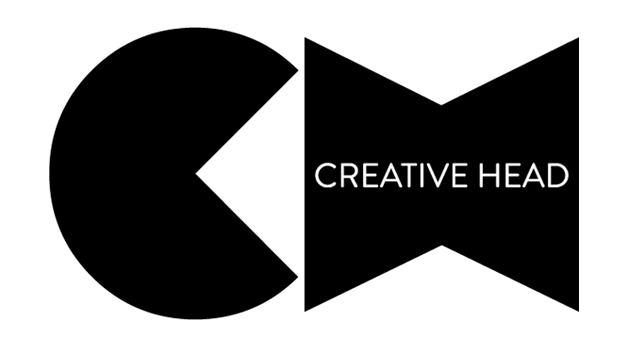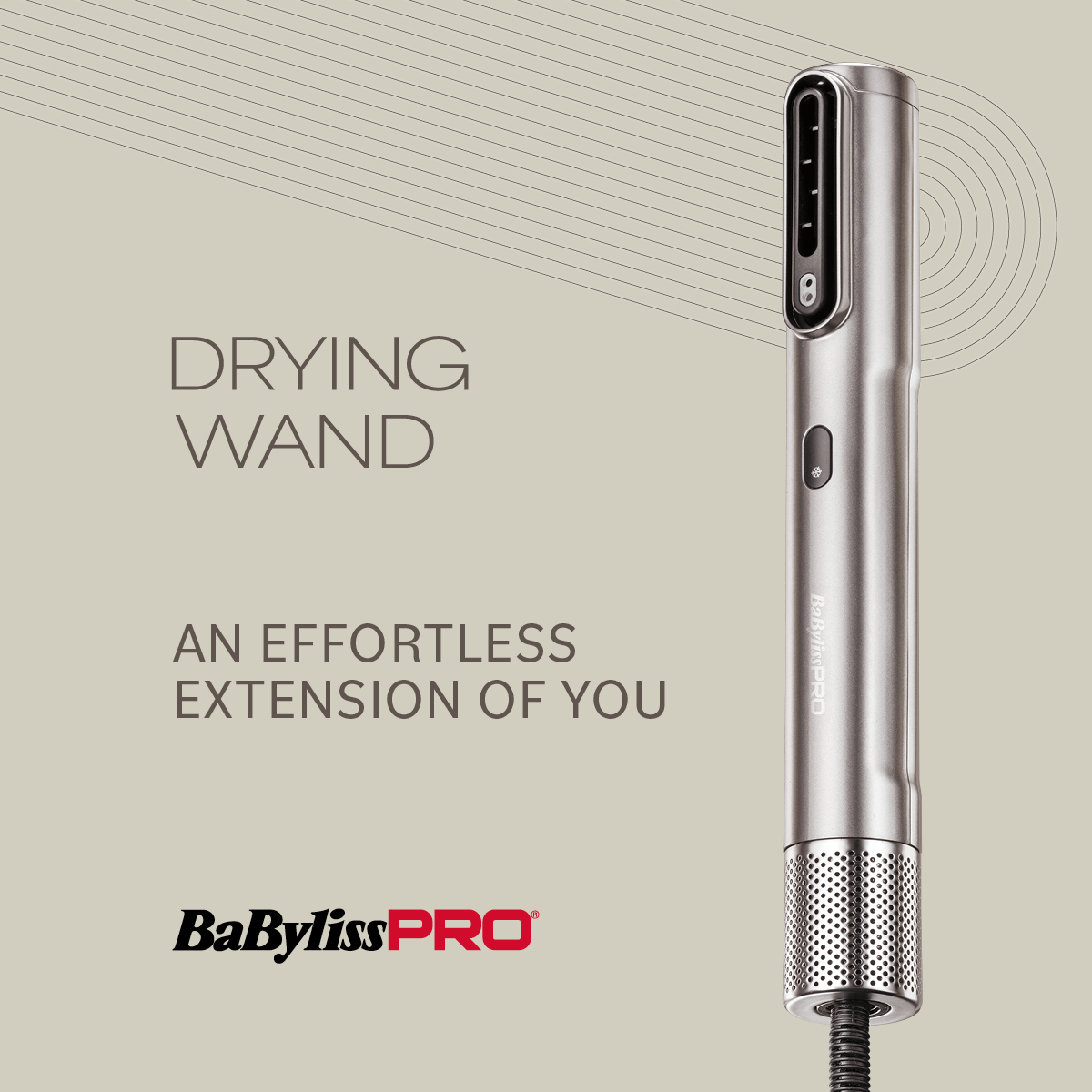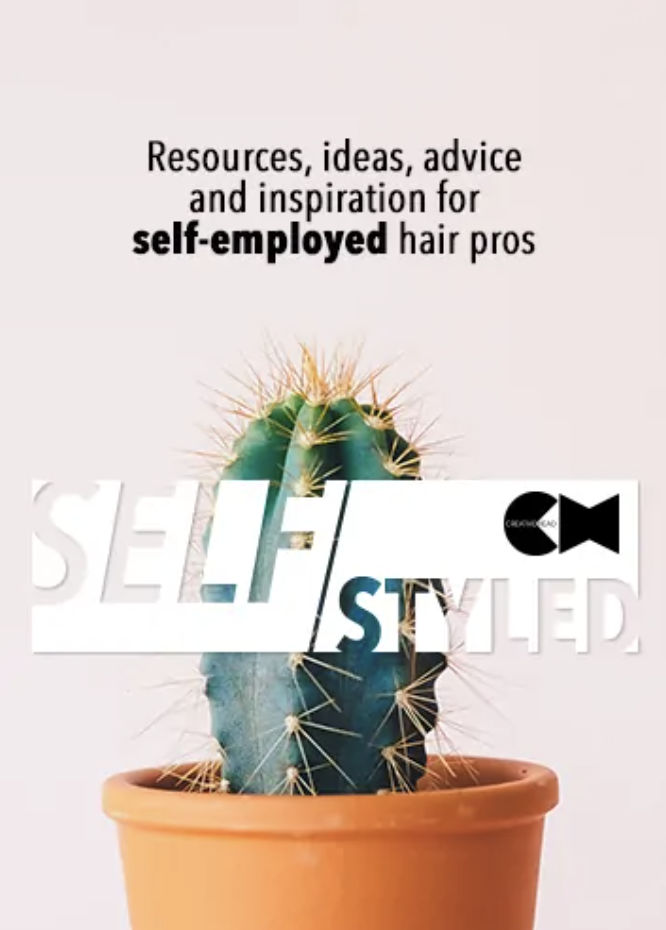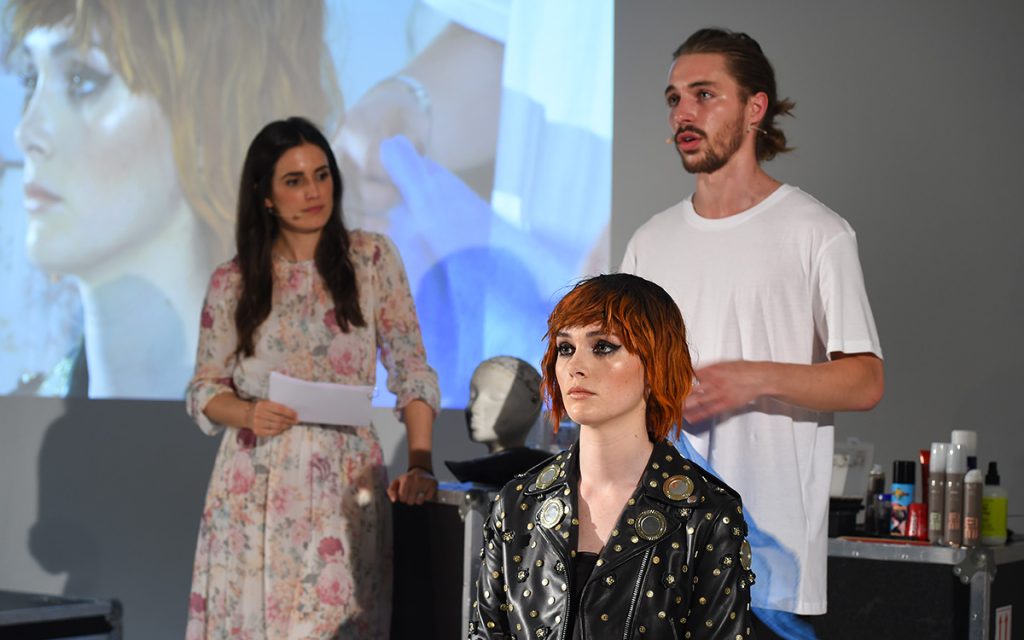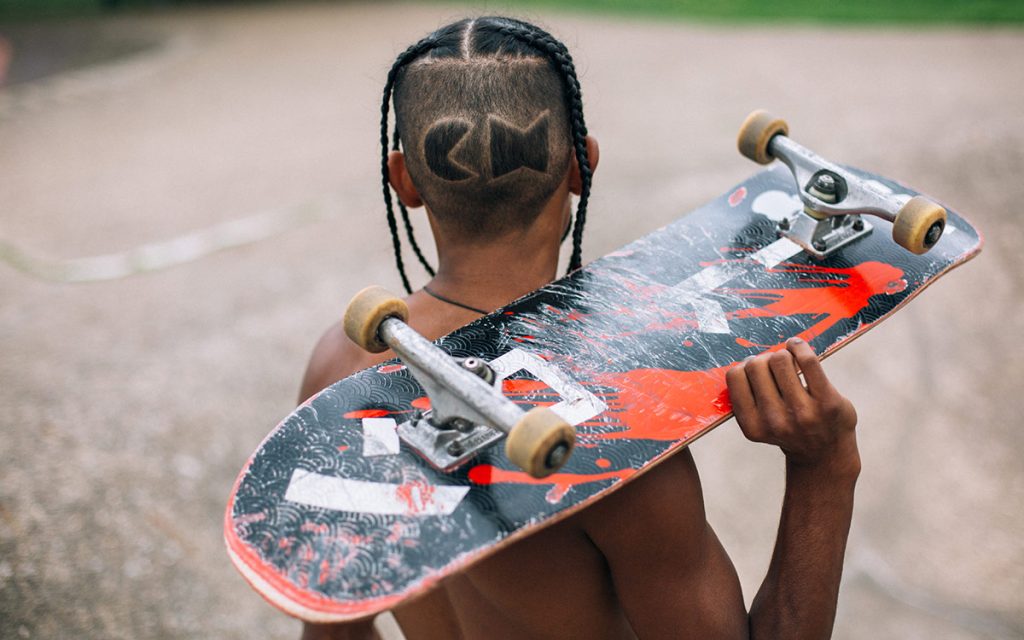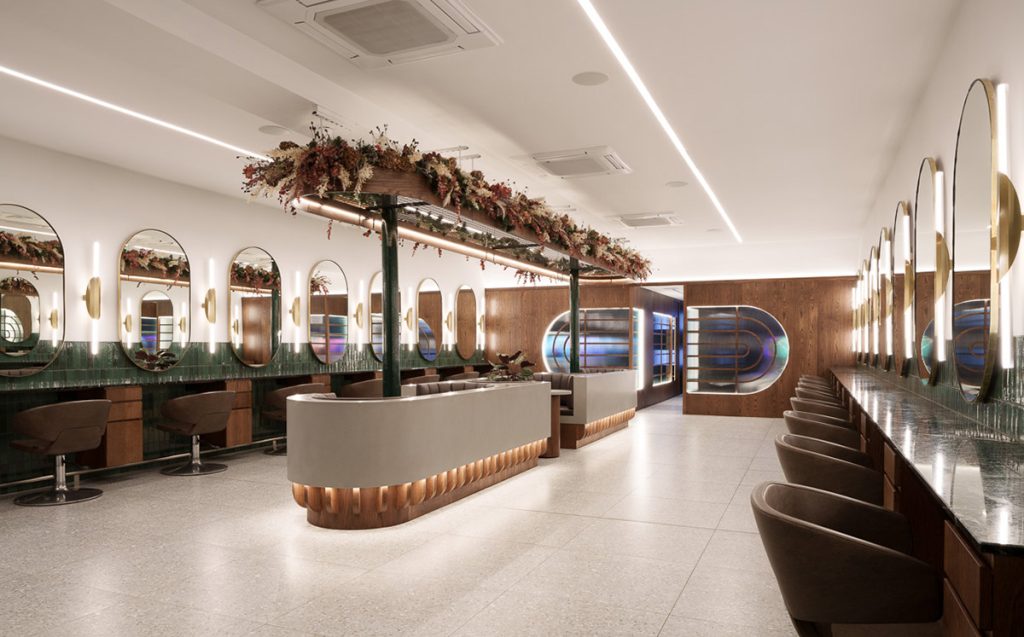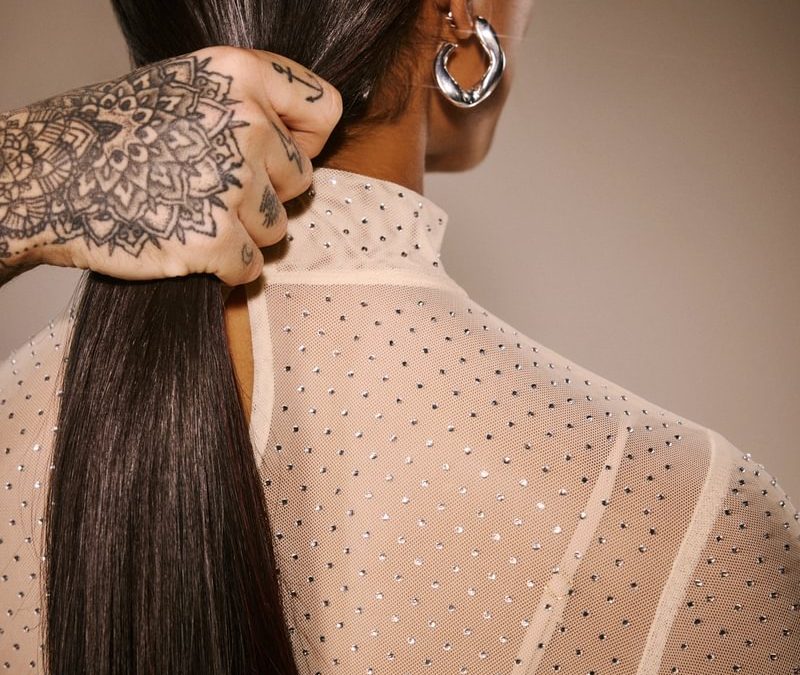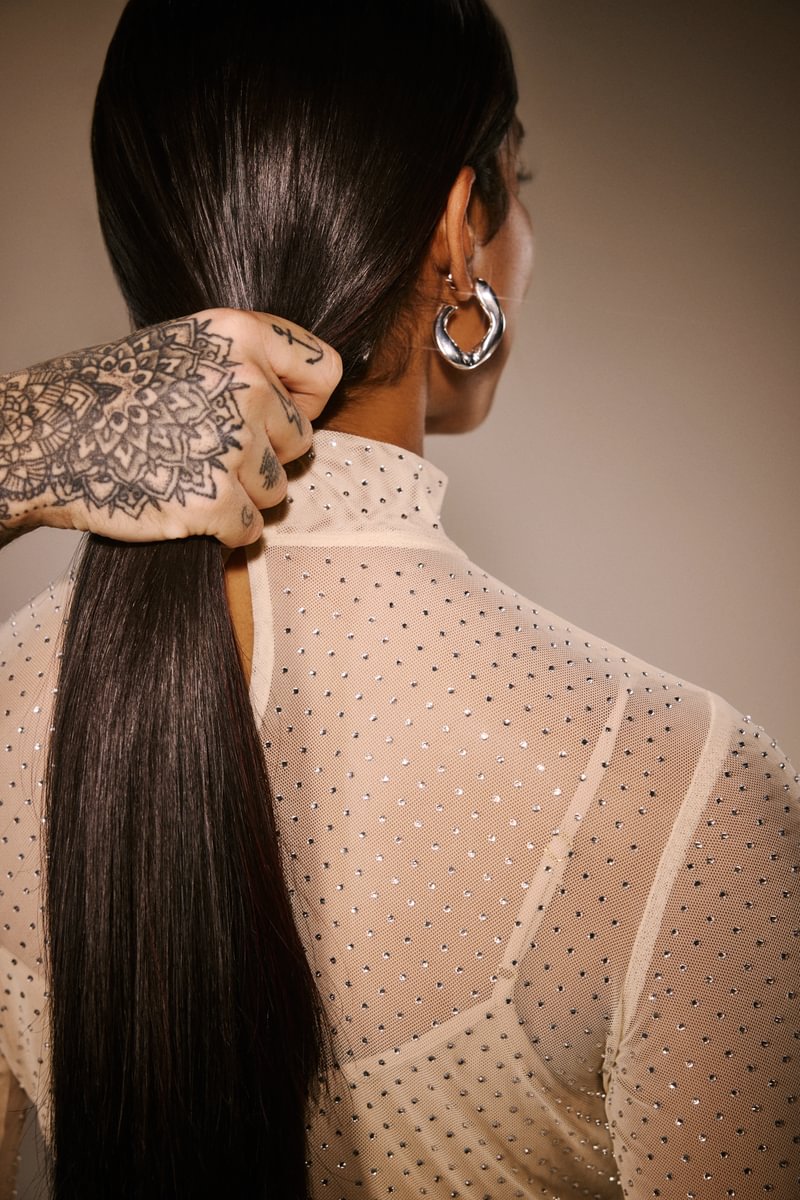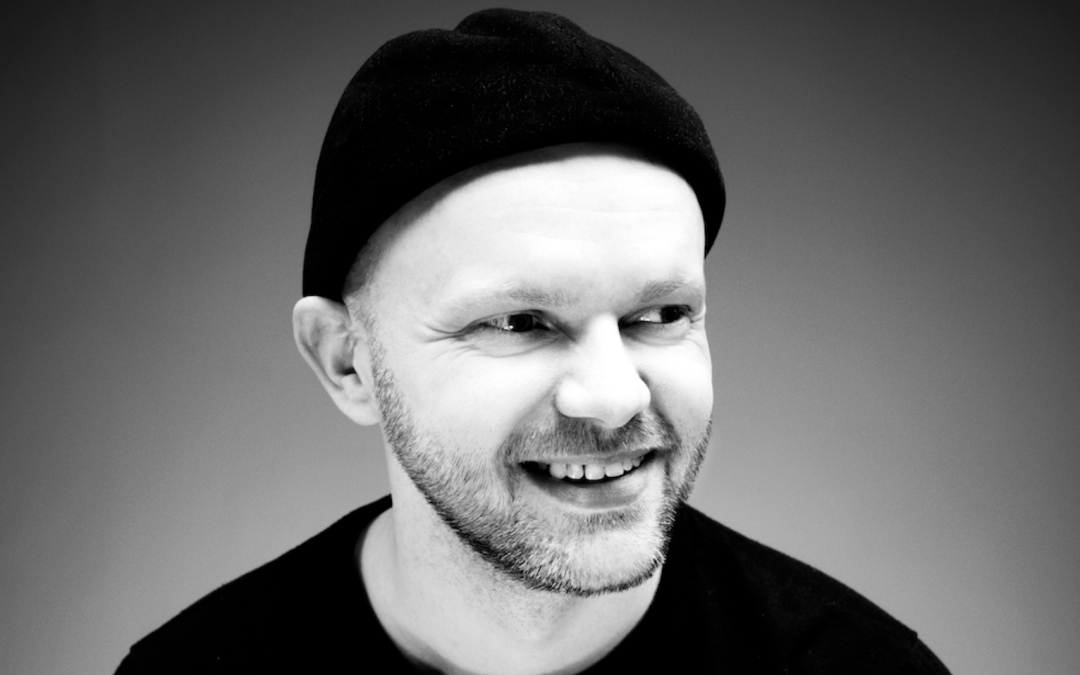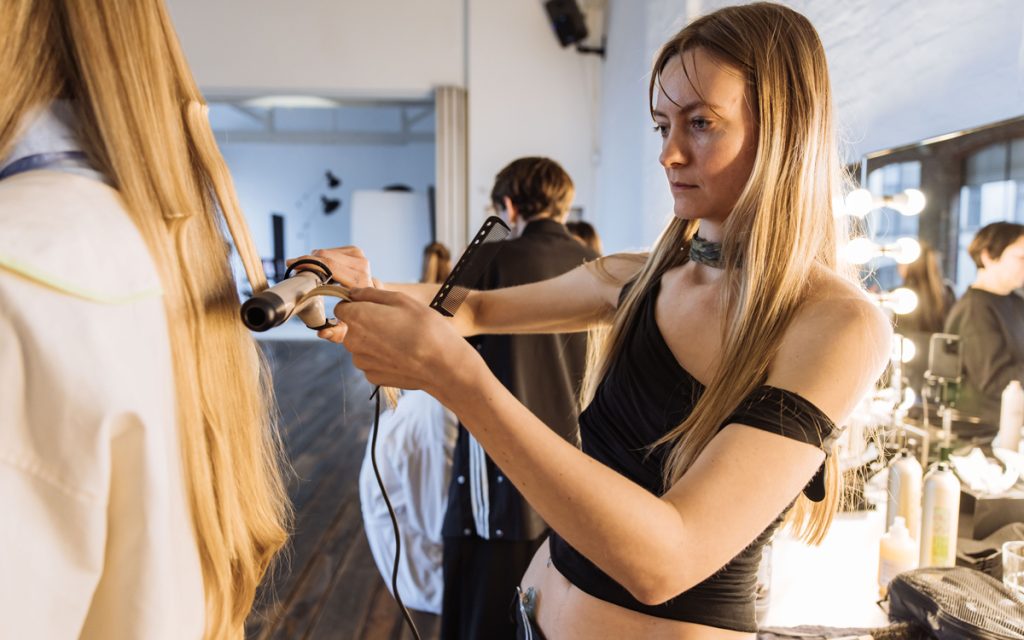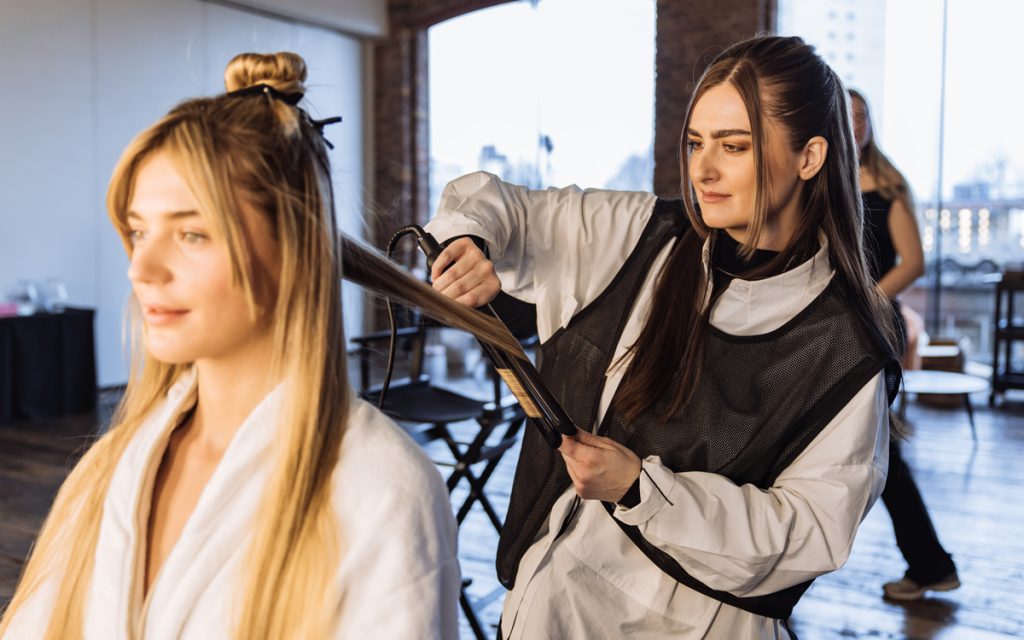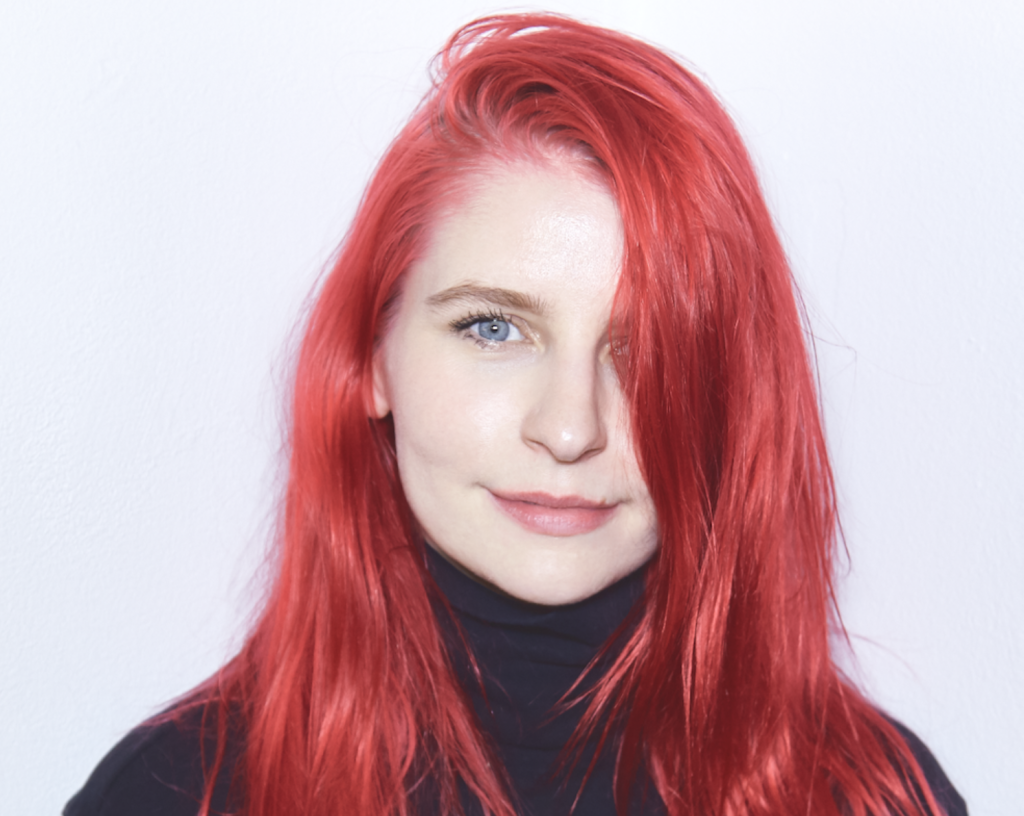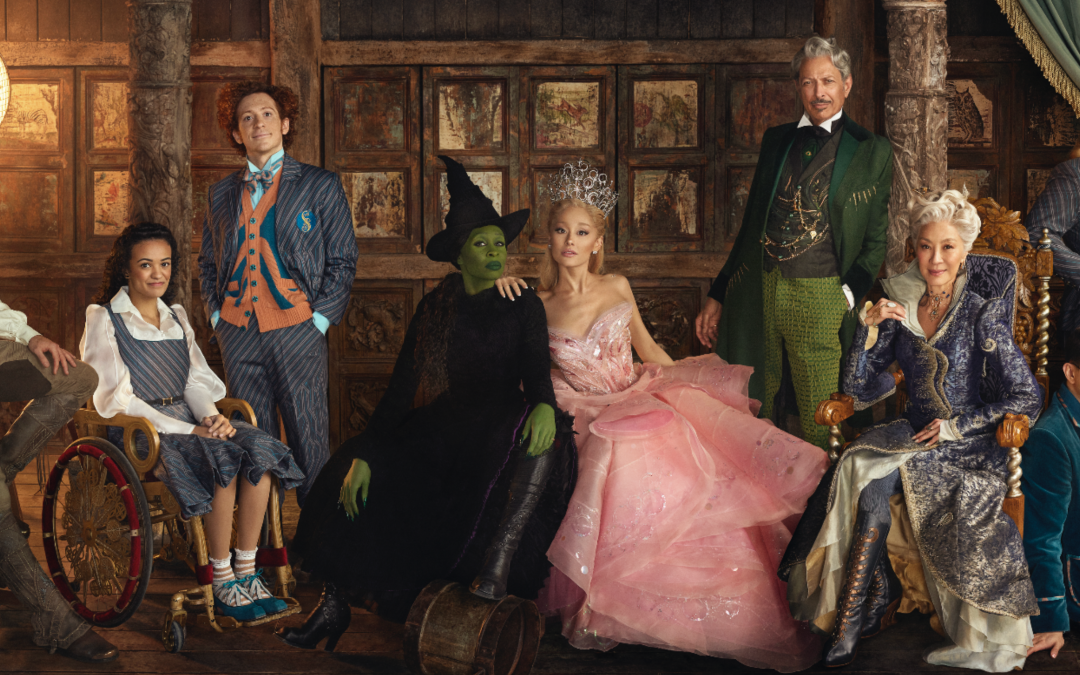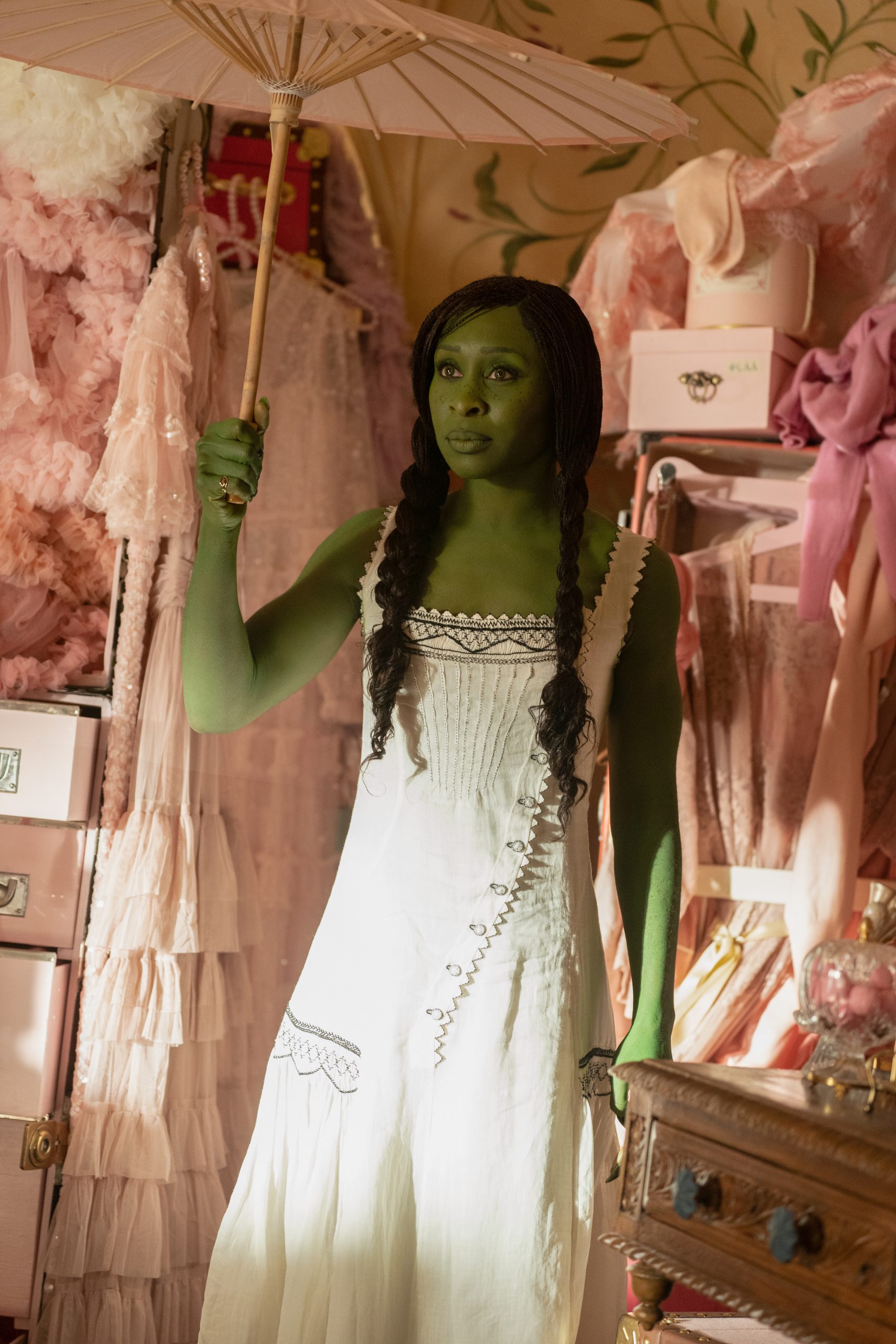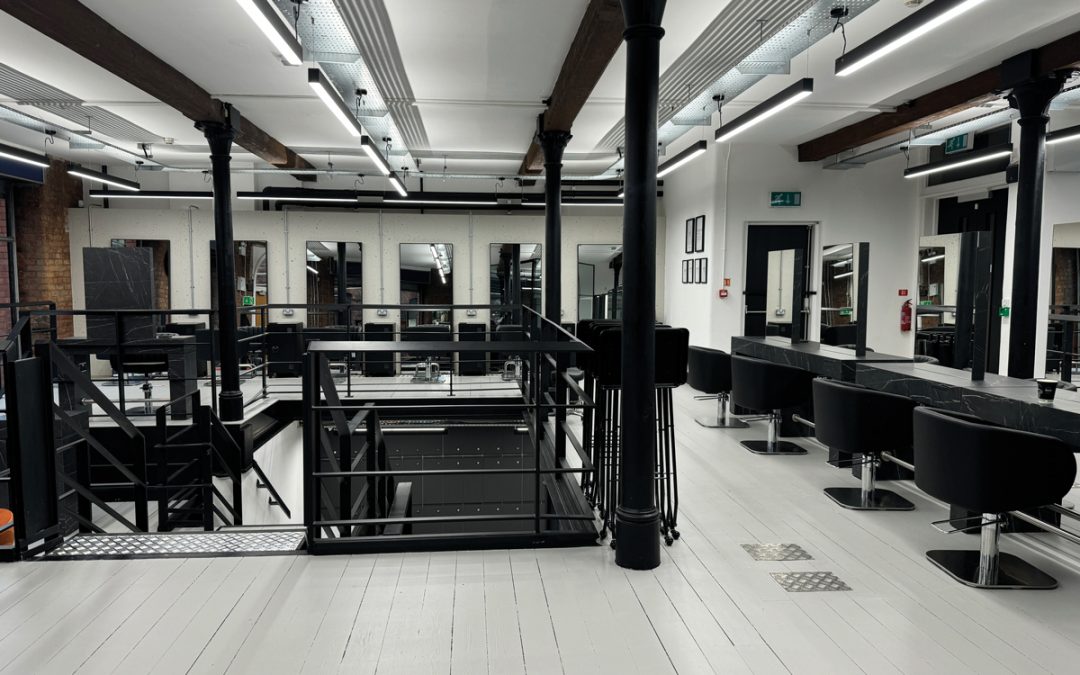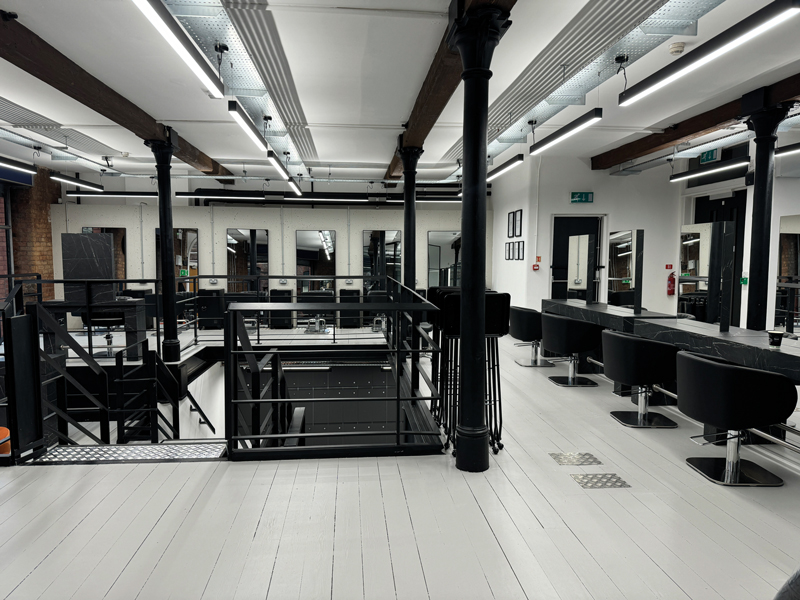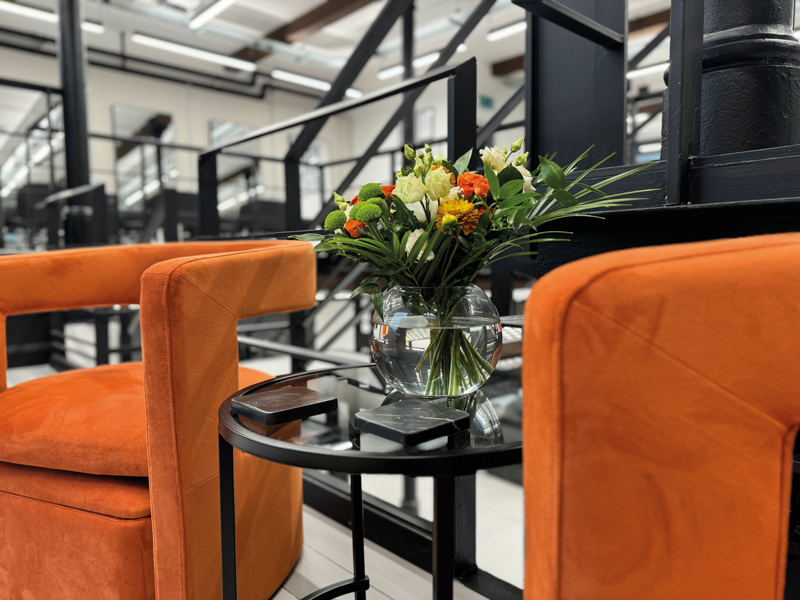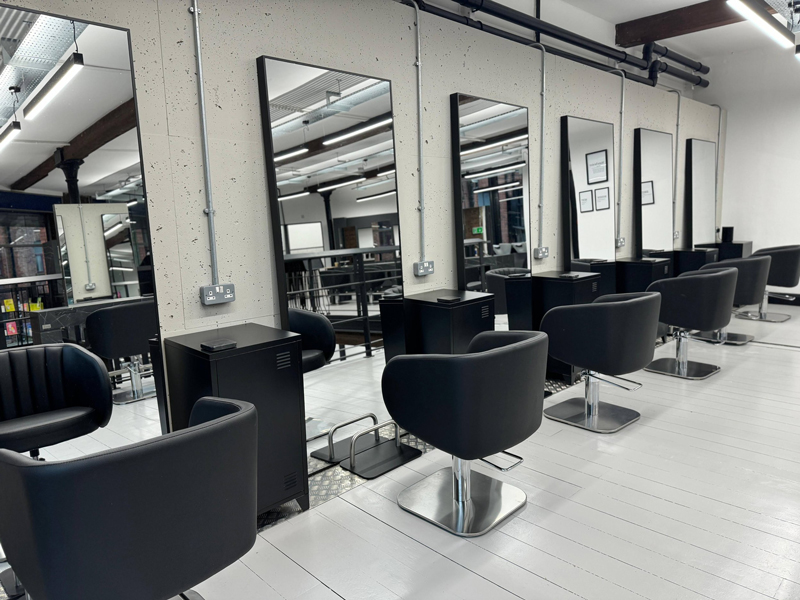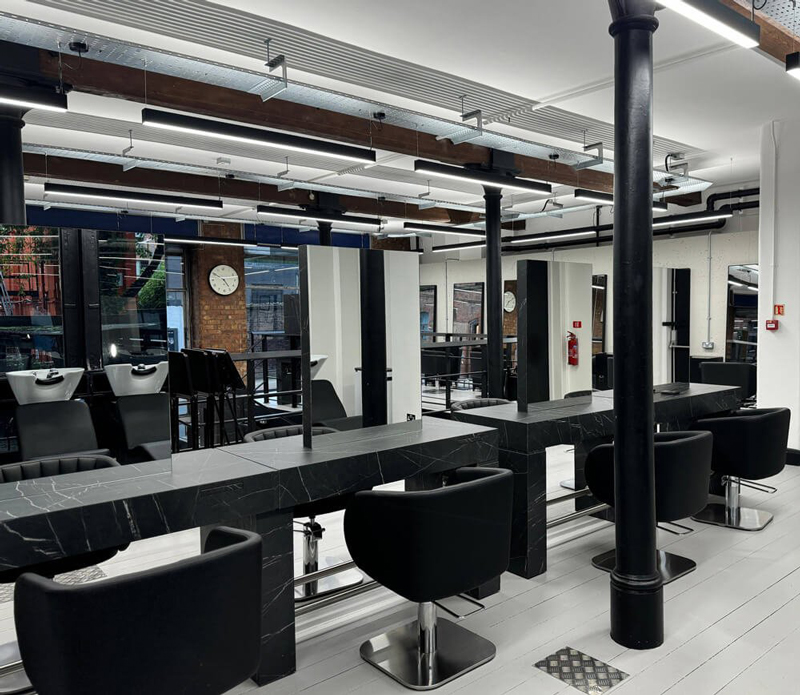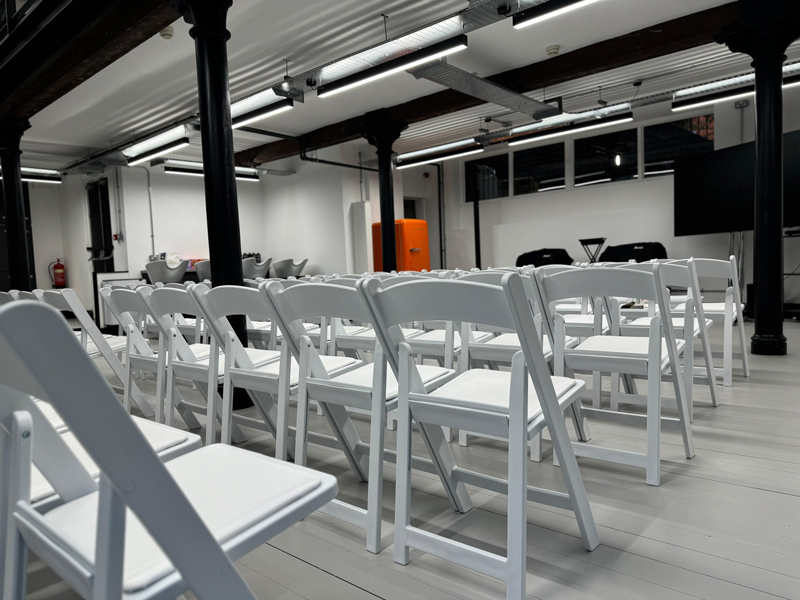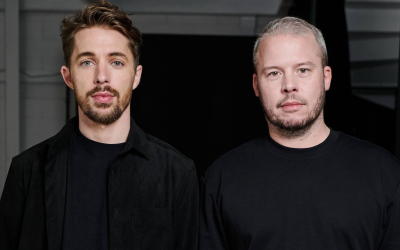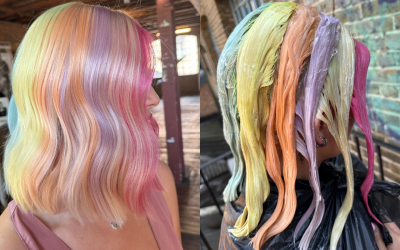
“People love beauty. That makes me happy, to know that so many people are being impacted” – Ali Pirzadeh on the power of hair
“People Love Beauty. That Makes Me Happy, To Know That So Many People Are Being Impacted” – Ali Pirzadeh On The Power Of Hair
2024 Most Wanted Session Stylist Ali Pirzadeh talks about his heritage, creating compelling narratives through hair and why routine keeps him grounded
by EMMA | DOCUMENTS
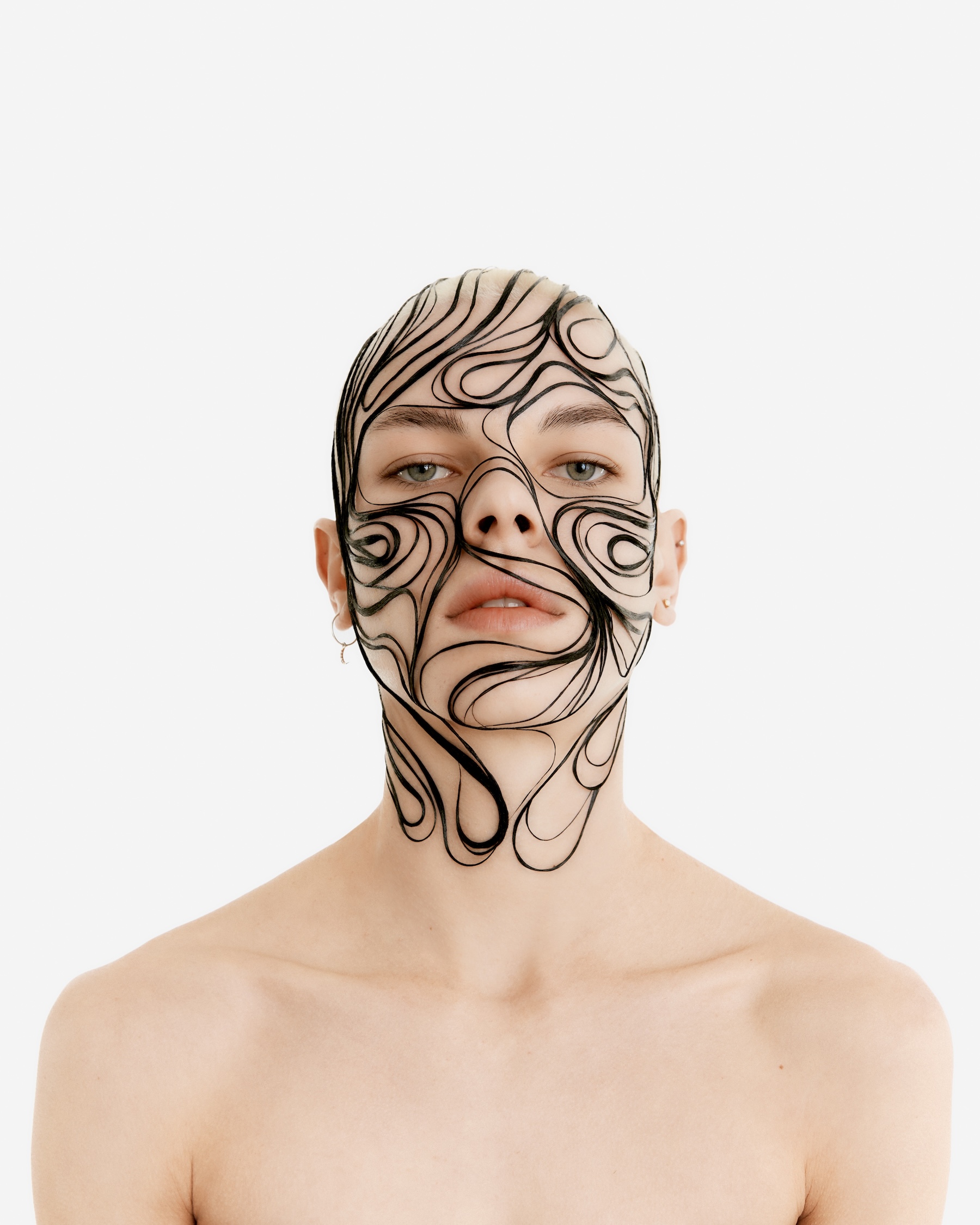
Photography by Harry Carr Revue
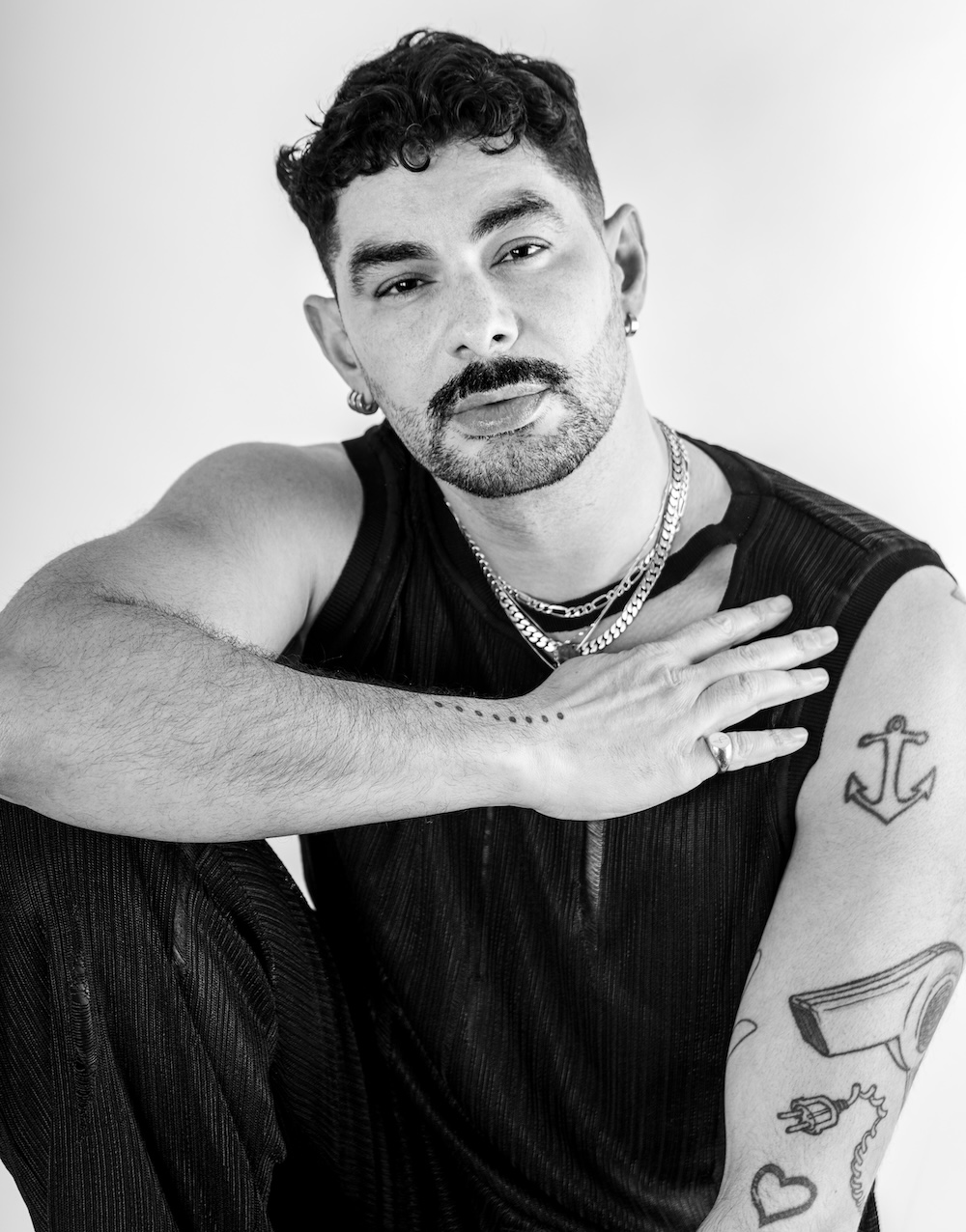 Ali Pirzadeh Ali Pirzadeh |
Ali Pirzadeh is a session scene luminary. A styler, twister, shaper and sculptor, his hair work amplifies fashion shows and campaigns, creating a dynamic interplay between the clothes’ texture and the hair’s fabric. And this talent has been woven into an impressive multi-award-winning career spanning nearly three decades, during which time he has crafted a captivating portfolio. Most recently, he took home the Session Stylist trophy at Creative HEAD’s Most Wanted awards. And for good reason. He was also celebrated in The BOF (Business of Fashion) 500 in 2022, a collection of people shaping the global fashion industry, curated by the brand editors and based on nominations and global on-the- ground intel. This global appeal – and his multicultural approach to hair – can be traced back to his roots. Born in Tehran, his family moved to Sweden when he was four years old, finding a safe space for him and his sister to grow up (more on that later). His home life clearly shaped his cross-cultural identity, reflected in the diversity of his hair creations and campaigns. Forty years later, he’s recognised for embracing all textures at all times, which has positioned him firmly at the epicentre of the hair and fashion industries, exciting and delighting as he goes. |
 Ali Pirzadeh
Ali Pirzadeh
Ali Pirzadeh is a session scene luminary. A styler, twister, shaper and sculptor, his hair work amplifies fashion shows and campaigns, creating a dynamic interplay between the clothes’ texture and the hair’s fabric.
And this talent has been woven into an impressive multi-award-winning career spanning nearly three decades, during which time he has crafted a captivating portfolio. Most recently, he took home the Session Stylist trophy at Creative HEAD’s Most Wanted awards. And for good reason. He was also celebrated in The BOF (Business of Fashion) 500 in 2022, a collection of people shaping the global fashion industry, curated by the brand editors and based on nominations and global on-the- ground intel.
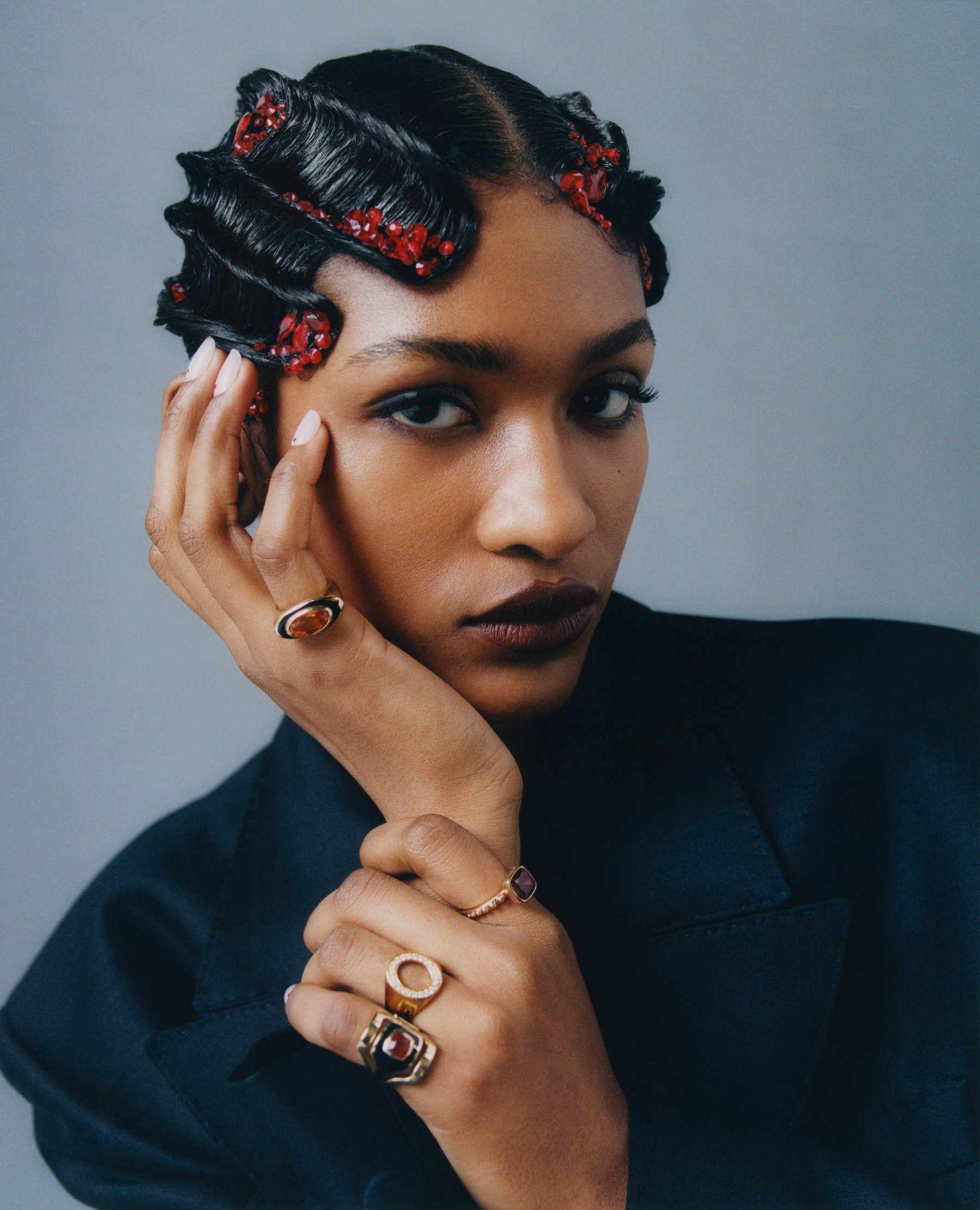
British Vogue, Photography by Felicity Ingram
Where The Heart Is
Down-to-earth, he’s the creative conduit behind the key hair looks of the season, a fashion facilitator. The stealth master of hair ceremony who knows his worth but is humble about it. And while session arguably takes a back seat to fashion (designers take a bow, post-show, not the hair tailors), he’s unfazed. His focus is fully entrenched in concept and creation. The secret, perhaps, is that Ali loves his life. All of it. He’s clear on boundaries (‘my work studio is in our garden, so I don’t confuse work and home’) and has a deep desire to create, mixing with like-minded friends who want to develop concepts ‘just for us’ as much as he wants to create heart-fluttering campaigns for the bigwigs and fashion cognoscenti – Alexander McQueen, Nina Ricci and Louis Vuitton, to name just a few.
His jam-packed schedule is not for the faint-hearted. When we speak, he’s just home from Paris and followed by Stockholm to shoot a big fashion campaign. Now he’s gearing up for a new project back in Paris before a shoot with the iconic photographer, Tim Walker. “It’s hectic. I’m always all over the place. Life is exciting but I need balance in-between. I’m always happy to be home,” he admits.
“I believe you get led in a direction. I loved looking at magazines but didn’t know session styling was a thing. It still feels surreal”
Home is the space he shares with his partner of 13 years in Dalston. A fine art photographer, Ali credits him with possessing a calm manner that allows him to flourish creatively, without overwhelm. Alongside his partner’s support, Ali reveals small details that allow him to think bigger and create better. Structure, discipline, rituals and routine all ensure he can stick to his schedule of sometimes 19-hour days and rollercoaster rosters of shoots and shows. “I love routine, having my oat latte in the morning, working out, those things are important to me,” he confides. While London is now his home, he says moving from Iran to Sweden was ‘very Sliding Doors.’ “That single decision altered so much in our lives. We were the first wave of immigrants from Iran, and Sweden was very welcoming. It was an idyllic place to grow up.”
However, standing out from the crowd meant he was teased about his heritage. A year-long stint in Italy (‘I lived in Rome for a while and had a taste of blending in a little’), was nothing compared to the inclusivity he feels in London. “Home can mean so many different things, but London is my happy place. It’s where I feel I belong.”
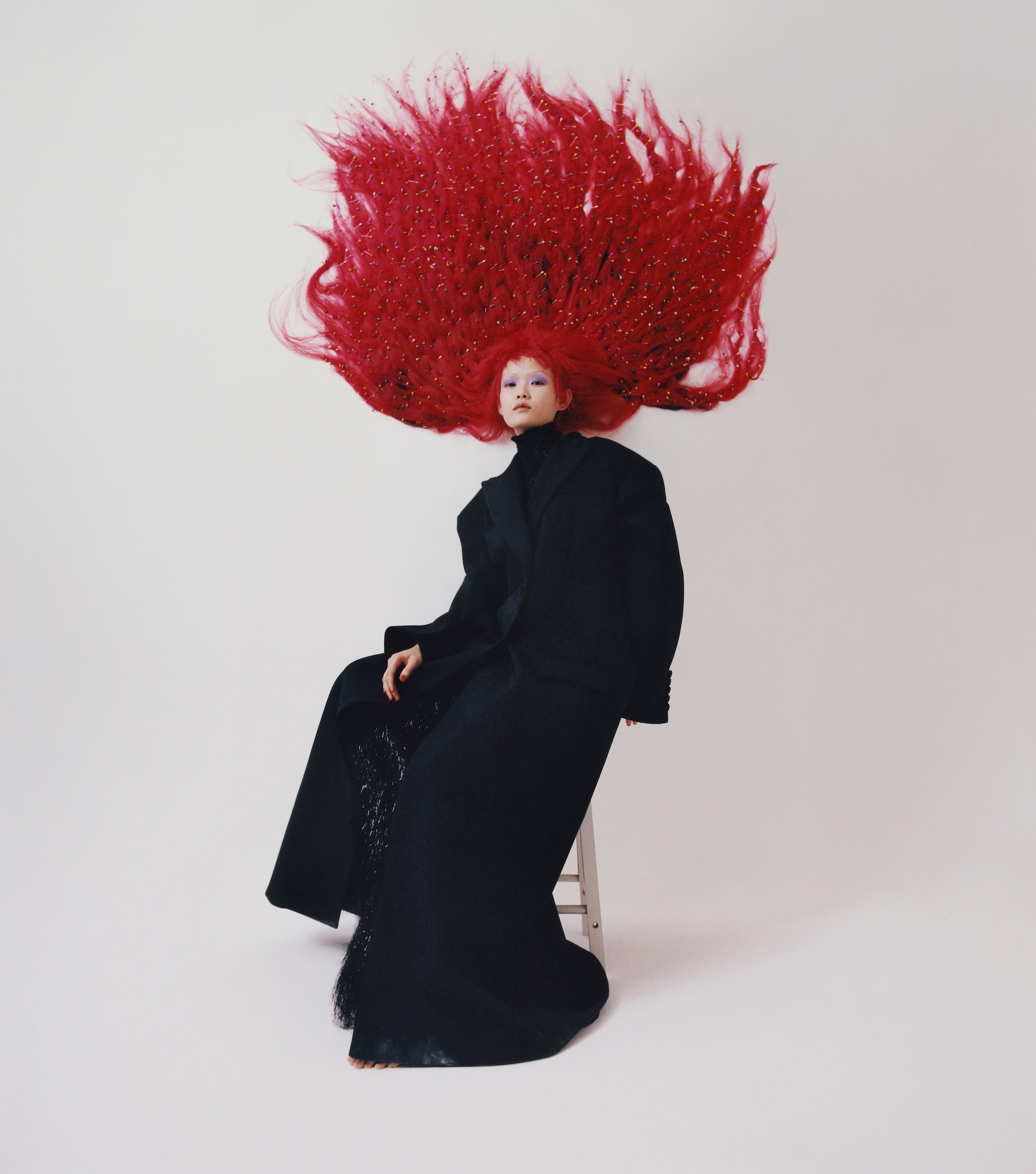
Rogue Fashion Book, Photography by Felicity Ingram
His CV reads like a Who’s Who of the fashion world, something he’s grateful for, given the journey to feeling this sense of belonging. “My dad wanted me to study economics, so I played along. It wasn’t right for me,” he recalls. His sister’s job as a hairdresser shone a spotlight on the creative career he craved. “Growing up, I always played with dolls. I cut their hair and put bows on them. As soon as I started hairdressing, I was super happy.”
At 15 he became an apprentice in a Stockholm salon looking after socialites and well-heeled clients. Working five-to-six days a week meant that when he started hair school, he was already on a roll: “I knew how to root colour, to blow-dry. I studied hair for three years working every day after school. I felt very much at home. Coming from a place where I had felt like a bad student into one of being nurtured was wonderful.”
After renting a chair (‘I had my little clique of clients two years in by that time’), he opened a salon in Stockholm with his sister and a friend. “Our make-up artist friend brought models into the salon, and I did their hair. Massive baroque styles. There was no other intent back then apart from I wanted to do it.” When his friend showed her agent his work, Ali began assisting. Within six months, he was signed by her agency. “I believe you get led in a direction. I loved looking at magazines but didn’t know session styling was a thing. It still feels surreal. I feel very lucky.” Now session is Ali’s way of sculpting and connecting while amplifying his ideas. “Hair is a material you can shape. It tells you where it wants to go or what it wants to do. I love what I do. The finished result in a magazine can awaken emotions in people as it did for me when I was younger.”

Vogue Scandinavia, Photography by Marc Hibbert
In It To Win It
Cut to 2012, and Ali won ELLE Sweden’s Best Hairstylist of the Year, scooping the title again in 2016. Most recently, he was named 2024 Most Wanted Session Stylist. “Winning meant everything to me. I couldn’t believe it. Everyone nominated is so talented,” he says. Working in Hong Kong, he found waking up to the news he had won rather surreal: “I was at breakfast in complete shock. It means people appreciate the voice I put out there. That is a truly wonderful thing.”
While clearly at the top of his game, his hair story is one of hard graft and tenacity. “I always wanted something more, so I made sure I did show season. I made sure I assisted smaller shows. I networked, worked on fashion weeks and got to know agents.” He also recognises those who helped him on his journey, including Swedish photographer Camilla Akrans. “I started working with her on campaigns, and she began putting my name out in those arenas. She played a big part in my access across the pond.”
He also cites the late Alexander McQueen as a huge inspiration in fashion design: “He was raw, creative, authentic. He made an impact. He had no boundaries. His work still blows my mind.” Tim Walker is also a firm favourite, with their collaborative work appearing on the covers of Vogue Mexico (December 2021) and British Vogue (July 2023), among countless others (the latter capturing a shimmering army of LGBTQ+ pioneers sharing stories of style and self-discovery). “His images have so much emotion and expression,” he says. Calling their first collaboration a ‘pivotal moment’, Ali loves the fluidity of their work. “He’s so inspiring, so open to my ideas. He will ask: ‘How do YOU see this narrative come to life?’ I still can’t believe I’m lucky enough to work with him.”
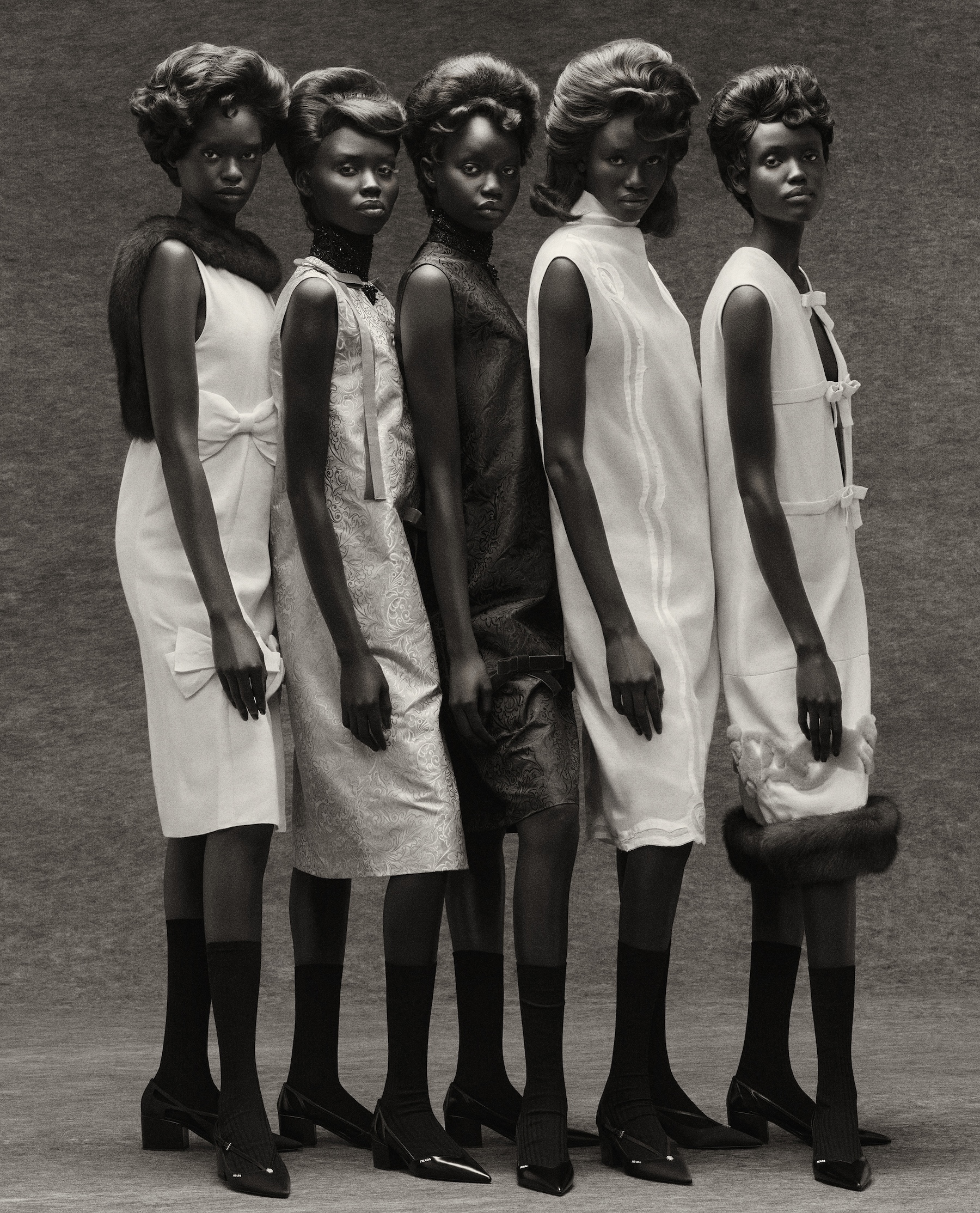
Perfect Magazine, Photography by Rafael Pavarotti
Go With The Flow
His 2025 diary is already packed, with the ‘routines and pillars’, such as Fashion Week, essential elements to keeping him balanced. “People are shocked at my schedule, they don’t believe I can start at 5.30 am and finish at 11 pm. Hair work will exhaust you, so it’s important to keep a routine. You must keep taking care of yourself.” While there’s no typical day, it’s guaranteed to be organised. “The one constant is I’m up between 5am and 6am. There’s a lot of prep work to what we do. A huge amount of unpacking and repacking. I always try to be two steps ahead.”
When it comes to Fashion Week, how does he get through the gruelling schedules? “Teamwork. I’m doing the work, but I couldn’t succeed without such a strong network. You need that support. Everything has a process and we give a lot emotionally and mentally, so anything that makes it flow a little easier is a huge help.” Currently on the books at Streeters, his agent, Gary, is part of this support network. “It feels like someone constantly has your back. It’s a meaningful friendship.”
While teamwork is a clear marker of what he loves about the session world –“It’s great to feel part of something bigger than you” – is there anything about the industry he wishes he could change? “I’m sad that print media has taken a back seat to the culture of social media,” he says. “As a creator, it saddens me. I take a lot of pride in concepts and ideas. I’m excited when a project comes out, but social media means it’s gone so fast. It’s a machine. We need to stop scrolling and take a minute.” However, he recognises that art can still ignite and excite, even on social. “People love beauty. That makes me happy, to know that so many people are being impacted and we are making an impression.”
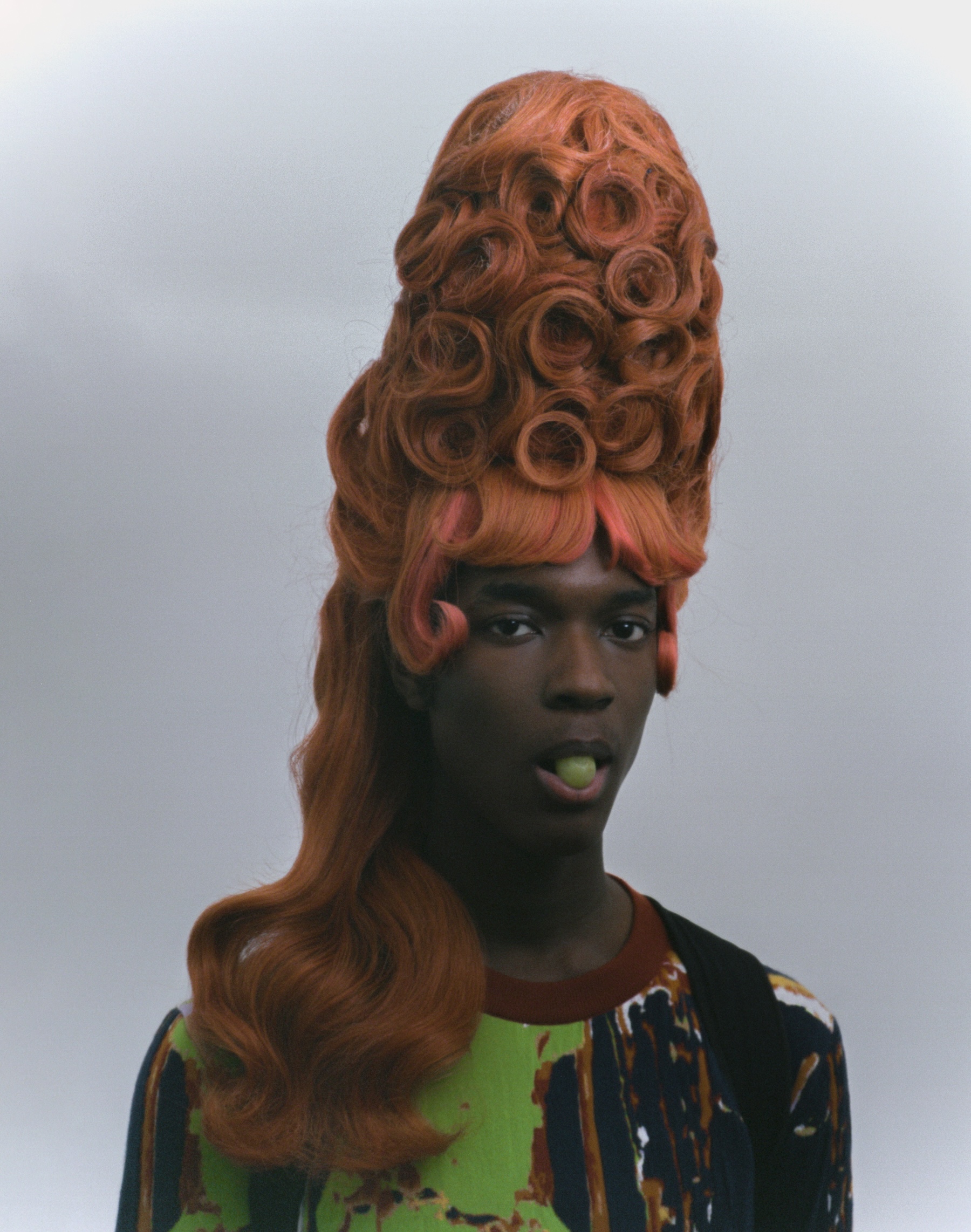
Replica Man Magazine, Photography by Iñigo Awewave
At 44 years old and with the session world at his fashionable feet, what advice would he give his younger self? “I was very bullied growing up, and after what I went through, I would say: ‘You will be more than okay. Trust in yourself and trust in your voice. You are valid.” With his roots firmly entrenched in London, he says he’s happy to live and work in environments where he feels accepted: “We are in such a good place with inclusivity. As a gay man, I feel very lucky to be in an industry that’s open and welcoming. I feel extremely safe in this world.”
It seems as though he’s where he’s meant to be. He knows who he is and what he can bring to the campaign table. The underlying truth is that he cares. He understands what he’s capable of, and he’s not afraid to create it. He can always see his vision in a crowded space, creating and illuminating as he goes. Bravo.
